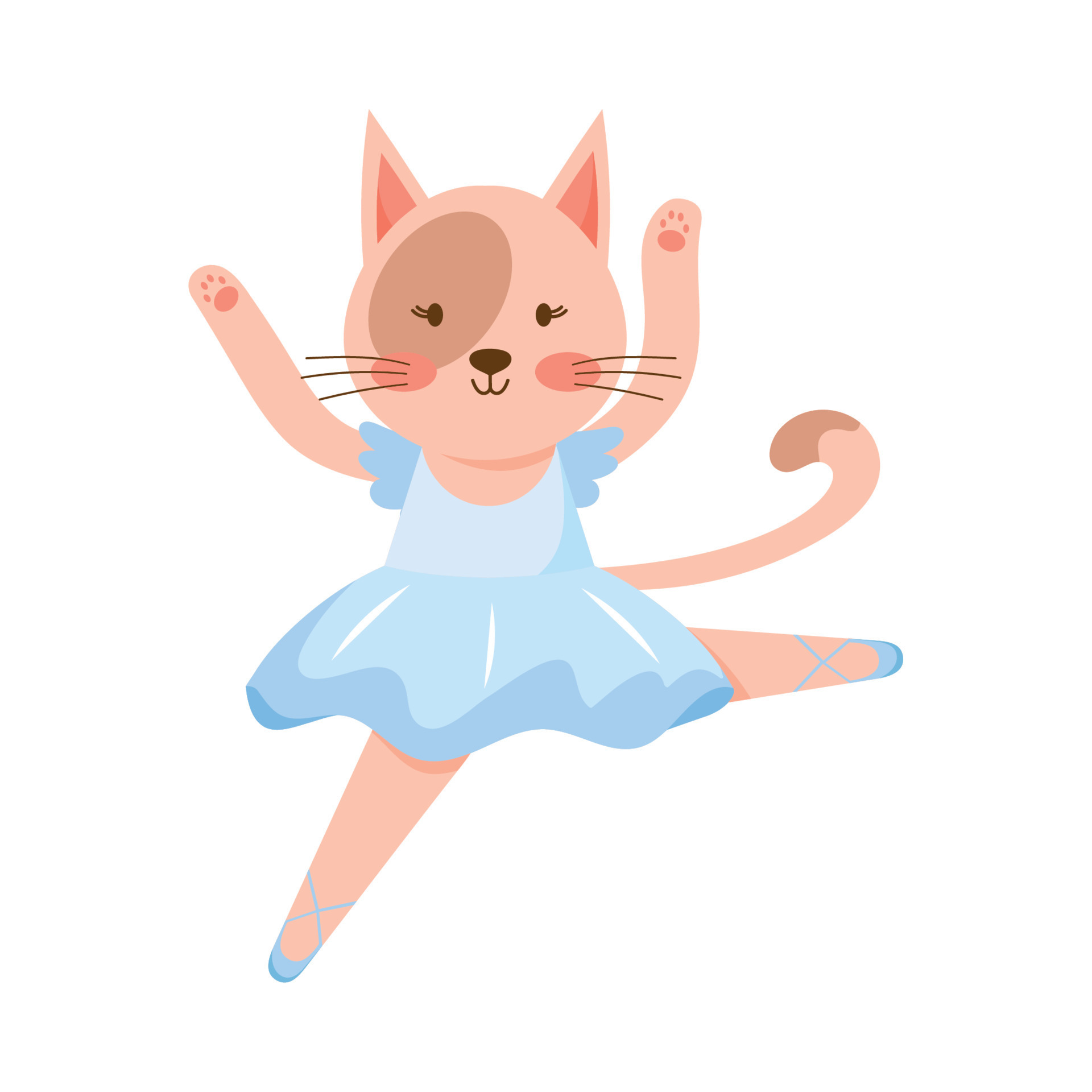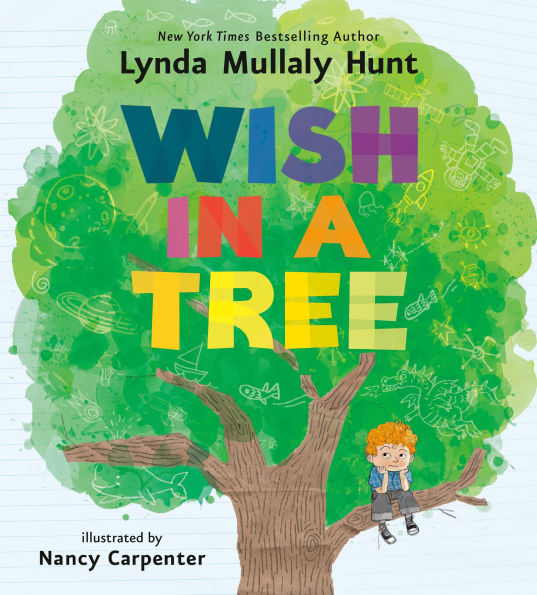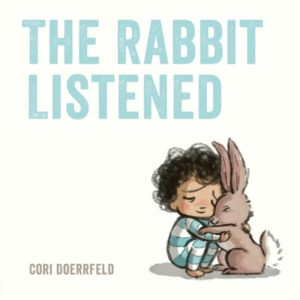 Welcome to our conversation with Katie Bircher, Associate Agent at Sara Crowe Literary. Katie may be a new agent, but she’s spent years shaping the conversation around picture books. As an editor and reviewer for The Horn Book, she helped define what makes a standout story. She’s also worked as a bookseller, freelance editor, and manuscript evaluator, bringing a wealth of experience to her role as an agent.
Welcome to our conversation with Katie Bircher, Associate Agent at Sara Crowe Literary. Katie may be a new agent, but she’s spent years shaping the conversation around picture books. As an editor and reviewer for The Horn Book, she helped define what makes a standout story. She’s also worked as a bookseller, freelance editor, and manuscript evaluator, bringing a wealth of experience to her role as an agent.
Now, as she builds her client list, Katie is shifting from evaluating picture books to championing them—using her deep storytelling instincts to help authors and illustrators create books that resonate. In this interview, we explore her journey from critic to advocate, what makes a picture book stand out in today’s crowded market, and the unique perspective she brings as an agent who has spent years deep in the world of kidlit.
Learn more about Katie here:
Sara Crowe Literary Website
Archive at The Horn Book
RVC: When you were a kid, what role did books play in your life? Were you a library kid, a bookstore kid, or something else entirely?
KB: I was a “books all the time” kid and would come back from either the library or the used bookstore with a huge stack. I would get in trouble for sneakily reading during class, at the table, or after lights out. I say “get in trouble,” but at one point my parents were hoping to open a children’s bookstore, so I don’t think they were all that mad about it. And clearly I come by my love of kids’ books honestly!
RVC: Good for you! Now, you studied Children’s Literature at Simmons University. What drew you to that, and how did it shape the way you think about picture books?
KB: I was originally a marine biology major in undergrad, and lasted about a year before my terrible math skills convinced me to switch to English lit. I remember telling my high school English teacher that I changed majors and she just laughed; it was so obviously where I should have been to begin with. Then I found myself reading middle-grade and YA—especially YA fantasy—when I should have been doing my coursework. Eventually I realized I could actually work in children’s and YA books! I got excited, took a few additional classes in children’s books and child development before I graduated, and applied to Simmons.
The late Susan Bloom’s Simmons course on picture books was hugely influential. In one assignment, we read Molly Bang’s invaluable Picture This: How Picture Books Work and created our own limited-palette picture books based on the principles in it. (Spoiler: It’s really hard!) In another, we analyzed, in-depth, one spread each from one hundred picture books. Her course showed me both how magical the particular picture book alchemy of words and images can be and how deceptively difficult it is to achieve!
RVC: Sounds terrific!
 KB: I also worked at the (deservedly) famous children’s bookstore Curious George in Cambridge’s Harvard Square for about five years, beginning when I started the Simmons MA program. Being surrounded by children’s books and people who LOVE them all day is, in itself, a fantastic education. Several of my co-workers from that time have gone on to have careers as picture book creators.
KB: I also worked at the (deservedly) famous children’s bookstore Curious George in Cambridge’s Harvard Square for about five years, beginning when I started the Simmons MA program. Being surrounded by children’s books and people who LOVE them all day is, in itself, a fantastic education. Several of my co-workers from that time have gone on to have careers as picture book creators.
RVC: Bookstores are great proving ground for kidlit creatives–no doubt about it. When reviewing picture books at The Horn Book, what was your process?
KB: Read the book many times, including out loud; look carefully at the illustrations; check for any information on the medium; consider whether the endpapers, case, gutters, etc. are used thoughtfully; take copious handwritten notes; type up and organize notes; try to make notes into a coherent review of about 150 words. Then it went on to fact-checking and at least one round of revision. Sometimes revising involved talking through what I was trying to say with the other editors. Occasionally I would nominate an extra-special book to receive a star, and then it would be read and discussed by the whole group.
RVC: Wow, thanks for explaining the process. Did you ever get to be part of the bigger award committees?
KB: I chaired the Boston Globe–Horn Book Award committee in 2018. Much of that process was similar, but on steroids—and with picture books only one of three categories! I commend and appreciate anyone who serves on book award committees, especially the ones with a ton of members or multi-year commitments.
RVC: Were there ever books you personally loved but knew wouldn’t work for The Horn Book’s review standards? What makes a book a better fit for some venues than others?
KB: Yes—it taught me to dig into and articulate why I love a particular book. Is it really exceptionally crafted, or is it just that the book hits a sweet spot where some combination of my favorite topics, tropes, formats, authors, etc., intersect? A funny and sweet picture book about, say, a huggably cute cat character with ADHD getting distracted in ballet class (I just made that up) would be super appealing to me personally—but it also has to work in all these other storytelling and structural aspects. There’s also an element of whether a book is needed. I might note but give more grace about a structural flaw if a book reaches an underserved audience or authentically showcases an infrequently represented experience, because ultimately the goal is to get kids good books they need.
For most of the time I was at The Horn Book I worked on two different print publications: the Magazine, which reviews very selectively, and the dearly departed Guide, which had a much broader scope, so part of the process was determining whether a book made the cut to be featured in the mag. The 100-year-old Magazine is so distinct in character from SLJ, the Bulletin, Kirkus, or even the Guide, which have their own strong voices. You have to keep in mind the unique mission and audience of the publication.
RVC: What makes for a REALLY great picture book review?
KB: I love when the review complements the tone of the book itself—a funny review for a funny book, for example.
RVC: What’s one misconception people have about professional book reviews?
KB: People often find out you work in any kind of book-related field and say, “Oh, it must be so great to read all day.” While I was at The Horn Book, there was definitely not time during the workday to read and write reviews! In addition to everything that goes into publishing a trade magazine and running a website, there’s also a lot of admin and editorial work in selecting and organizing the books, assigning them to reviewers, fact-checking and editing reviews, tracking their status…
I think that’s true of the book world generally. In every job I’ve had in books—whether bookselling, working at The Horn Book, editing, or agenting—there’s just too much else to do to get much reading done during office hours. For me a lot of it is done either on the couch with a cat next to me or in the bathtub.
RVC: You’ve worked as a freelance editor for Pippin Properties and Penguin Random House. What was the most rewarding part of that work?
KB: Getting to work on a wide range of manuscripts all over the place in terms of their stages of publication, from proposal to proofreading.
RVC: Picture book texts are deceptively simple. What’s the most common issue you encountered when editing them?
KB: They have too many words—and/or they do too much “telling” without leaving enough room for the illustrator. Many of my suggestions are to move parts of the text into art notes or take them out entirely.
RVC: In your experience, what’s the hardest thing for picture book authors to get right?
KB: I’ve seen a lot of “picture book” manuscripts that I enjoyed, but didn’t think were really picture books. Just because a story is short, intended for a certain age audience, or illustrated doesn’t necessarily make it a picture book.
RVC: Totally been there. At Bushel & Peck, I sometimes have to alert an author that they’re wrong about what they think the manuscript is. Some don’t believe me when I say it.
KB: I feel the unique magic of picture books is that interplay where neither the text nor the art tells the complete story. I love when you can discover something new on each read. It’s like dance (my other big passion besides books): the music and the movement are each compelling individually, but they come together to make this incredible third thing that’s more than the sum of its parts.
RVC: You’ve worked on manuscripts from submission all the way to publication. What’s something about the picture book process that surprises most first-time authors?
KB: How long everything takes, especially with picture books! Picture book deals we’re negotiating now are mostly for fall 2027 lists and onward.
RVC: Yep. We’re buying for 2028 now. I wish it weren’t the case! Now, what made you decide that agenting was the right next step in your career?
KB: Sara starting her own agency in 2023 and asking me to join her! At that point I’d been evaluating submissions and offering editorial suggestions on clients’ projects for about six years as part of my freelance work but had never considered agenting. I didn’t start taking on clients right away, but being invited to be the other half of Sara Crowe Literary is what made me feel like I could make that leap. It was both validating and somewhat daunting! But SCL is a great fit for me with my editorial background because Sara is such a hands-on agent in terms of developing manuscripts and nurturing new authors as they grow in their craft.

RVC: Now that you’ve stepped into agenting, what’s been the most exciting part so far? Anything that’s surprised you?
KB: It’s so exciting to connect with authors and artists at the beginning of what I believe will be a great career making lots of beautiful books. It’s been surprising how many hats an agent has to wear.
RVC: What’s the story behind your first picture book sale as an agent? How did that deal come together?
KB: I heard my now-client Christal Presley read a manuscript at a Writing Barn event, requested to see it and any other projects, and then offered representation…and meanwhile, through the same program, editor Carter Hasegawa began mentoring Christal and fell in love with her brilliant PB bio about the first women to train in camouflage techniques. We submitted it formally and he offered, so Christal and her book were signed at basically the same time!
Hidden Women: How Louise Larned and Rose Stokes Became America’s First Women Camouflage Artists, illustrated by Ashley Yazdani, will be published by Candlewick in fall 2027.
RVC: Congrats! How did it feel when you got the offer? Did it match what you expected from your first deal, or were there surprises?
KB: It was very low-key, and it took a long time for everything to be finalized after the initial flurry of activity. The “champagne pop” moment—even the moment that it felt like it was really happening—didn’t come until the announcement ran in Publishers Weekly.
RVC: Looking back, what’s something you learned from that first sale that will stick with you in your career?
KB: This is probably cliché, but: to stop and savor the moment. Fingers crossed, I will be helping many clients announce deals in Publishers Weekly, and agenting can feel hectic, with a lot of moving parts. I suspect it’s easy to get swept up in the next thing on the endless to-do list, but I never want to lose the joy and awe of getting to help bring wonderful books for young readers into the world. It is often such a difficult industry, but it can be so fulfilling too.
RVC: You’ve worked alongside Sara Crowe for years. What have you learned from her about the business side of publishing?
KB: So much of what I’ve learned about agenting has come from shadowing Sara! I admire and aspire to show the kind of support, resiliency, and adaptability she offers clients through the inevitable rejections and challenges.
RVC: What’s a personal “wishlist” item that you’re dying to see in submissions?
KB: I love nonfiction picture books on fascinating topics that manage to be both informationally accurate and lyrical. It’s a tricky balance to strike. I’d like to see one about Salt, matriarch of the humpback whale population in the Gulf of Maine, who has been studied since the 1970s. I don’t know how salable it might be, but recently I’ve also been thinking I’d love to see a biography of the extraordinary medieval abbess, composer, artist, visionary, and saint Hildegard of Bingen! She’s so cool.
And if anybody does have a funny and sweet picture book project about an adorable ADHD cat daydreaming in ballet class…well, you know where to find me.

RVC: One last question for this part of the interview—what are you most excited about as you continue to build your list?
KB: I can’t wait to share these great books with my nephews and nieces!
RVC: Alrighty, Katie—it’s time for THE SPEED ROUND! Short questions, snappy answers. Ready?
KB: Let’s do it!
RVC: Your go-to coffee shop order?
KB: Vanilla almond milk latte.
RVC: Favorite literary cat (other than your own, of course)?
KB: Mogget from Garth Nix’s The Old Kingdom series.
RVC: What’s a picture book you think deserves its own theme park ride?
 KB: Strollercoaster seems too easy, so…the Best Frints series by Antoinette Portis.
KB: Strollercoaster seems too easy, so…the Best Frints series by Antoinette Portis.
RVC: If you could instantly master one new skill (bookish or not), what would it be?
KB: Cello. Or painting. Or flamenco dance. Or…
RVC: Best bookish gift you’ve ever received?
KB: A print from Sophie Blackall’s wonderfully weird adult book Missed Connections.
RVC: If you could give your past self a single piece of career advice, what would it be?
KB: Get comfortable with networking and developing collaborative relationships. It takes a village to make any book, and you have to put in the effort to nurture and support your village.
RVC: Thanks so much, Katie!
KB: Thanks for having me!
 Frank’s Red Hat
Frank’s Red Hat I’m Going to Make a Friend
I’m Going to Make a Friend Me & Lavender
Me & Lavender So Devin Wore a Skirt
So Devin Wore a Skirt Wish in a Tree
Wish in a Tree

 Welcome to our conversation with Katie Bircher, Associate Agent at Sara Crowe Literary. Katie may be a new agent, but she’s spent years shaping the conversation around picture books. As an editor and reviewer for The Horn Book, she helped define what makes a standout story. She’s also worked as a bookseller, freelance editor, and manuscript evaluator, bringing a wealth of experience to her role as an agent.
Welcome to our conversation with Katie Bircher, Associate Agent at Sara Crowe Literary. Katie may be a new agent, but she’s spent years shaping the conversation around picture books. As an editor and reviewer for The Horn Book, she helped define what makes a standout story. She’s also worked as a bookseller, freelance editor, and manuscript evaluator, bringing a wealth of experience to her role as an agent.

















 Welcome to Janine Le, the founder of Janine Le Literary Agency, “a full-service agency representing authors and illustrators of award-winning and critically acclaimed books for children and young adults.” With over a decade of experience in children’s publishing—including her time as an agent at Sheldon Fogelman Agency—Janine brings a blend of editorial insight, business expertise, and deep passion for storytelling.
Welcome to Janine Le, the founder of Janine Le Literary Agency, “a full-service agency representing authors and illustrators of award-winning and critically acclaimed books for children and young adults.” With over a decade of experience in children’s publishing—including her time as an agent at Sheldon Fogelman Agency—Janine brings a blend of editorial insight, business expertise, and deep passion for storytelling.




